
Welcome to our Medicinal Plants section! Explore our unique collection of natural medicinal plants that offer incredible health benefits. Each plant is carefully selected to ensure quality and effectiveness. Whether you’re looking for remedies for specific ailments or seeking to enhance overall well-being, our collection ensures to provide the natural and comprehensive care you need. Explore now and enjoy the enchanting benefits of nature with us

Watermelon seeds
Watermelon seeds are the small, black or dark brown seeds found inside watermelons. Often discarded, they are actually edible and can be consumed roasted, sprouted, or ground into powder. These seeds are nutrient-rich, containing proteins, healthy fats, vitamins, and minerals.
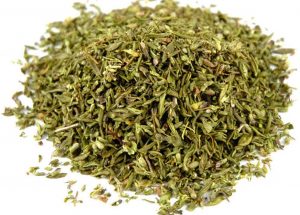
Thyme
Thyme is a small, perennial herb from the mint family, characterized by its aromatic leaves and tiny, purple flowers. It is widely used in cooking for its distinctive flavor and in traditional medicine for its therapeutic properties. The herb can be used fresh or dried and is commonly found in Mediterranean cuisine
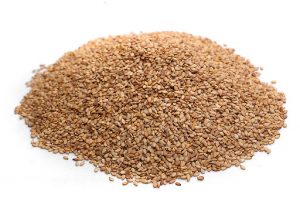
Sesame
Sesame seeds come from the sesame plant (Sesamum indicum), one of the oldest oilseed crops known to humanity. The seeds are small, flat, and oval-shaped, available in a variety of colors including white, black, and brown. They are used in various culinary applications for their nutty flavor and are also processed to produce sesame oil, which is a common ingredient in many Asian and Middle Eastern cuisines.
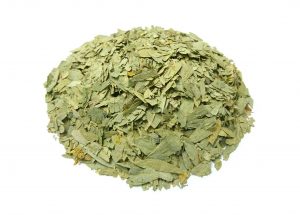
Senna leaves
Senna leaves come from the Senna plant, a large genus of flowering plants in the legume family. These leaves are commonly used in herbal medicine, especially in the form of teas or extracts. They are known for their potent laxative effects, making them a popular natural remedy for constipation.
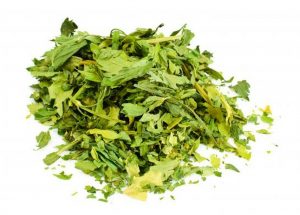
Parsley leaves
Parsley is a bright green, biennial herb from the Apiaceae family, commonly used as a garnish or seasoning in various cuisines. Native to the Mediterranean region, parsley leaves have a fresh, slightly peppery flavor and are rich in nutrients. They can be used fresh or dried in a variety of dishes.
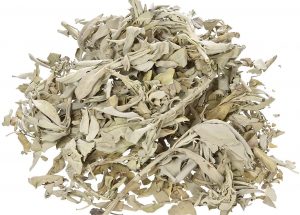
Sage
Sage is a perennial herb from the mint family (Lamiaceae), known for its strong aroma and earthy flavor. Native to the Mediterranean region, sage is widely used in cooking, particularly in Italian and Middle Eastern cuisines. It is also valued for its medicinal properties and has been used in traditional medicine for centuries.
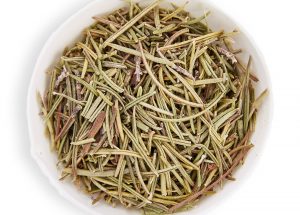
Rosemary
Rosemary is a fragrant, evergreen herb from the mint family (Lamiaceae), characterized by its needle-like leaves and aromatic scent. Native to the Mediterranean region, rosemary is widely used in cooking, particularly in Mediterranean cuisine, and is also valued for its medicinal properties and aromatic qualities.
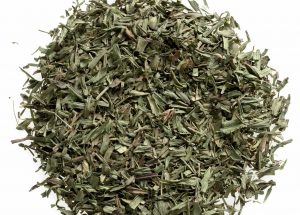
Peppermint
Peppermint is a hybrid mint, a cross between watermint and spearmint, known for its refreshing aroma and cooling flavor. It has been used for culinary, medicinal, and aromatic purposes for centuries. Peppermint leaves contain menthol, the compound responsible for its characteristic taste and scent.
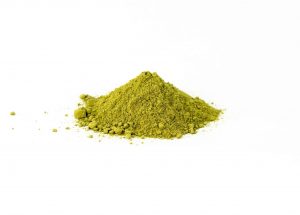
Henna
Henna, scientifically known as Lawsonia inermis, is a flowering plant native to tropical and subtropical regions of Africa, Asia, and Australia. Its leaves produce a red-orange dye called lawsone, which has been used for centuries for cosmetic, medicinal, and decorative purposes. Henna is commonly used to dye hair, skin, and nails, as well as for body art and temporary tattoos.
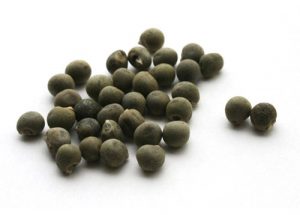
Okra seeds
Okra, scientifically known as Abelmoschus esculentus, is a flowering plant in the mallow family (Malvaceae) native to regions of Africa and Asia. The seeds of the okra plant are small, round, and edible, often overlooked compared to the more commonly consumed pods. However, these seeds possess their own set of nutritional benefits and potential uses.
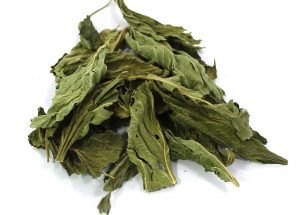
Molokhia
Molokhia, also known as Egyptian spinach or Jew’s mallow, is a leafy green vegetable popular in Middle Eastern, North African, and some Asian cuisines. It is derived from the leaves of the Corchorus plant, primarily Corchorus olitorius and Corchorus capsularis. Molokhia leaves are rich in vitamins, minerals, and antioxidants, and they are commonly used in soups, stews, and salads.
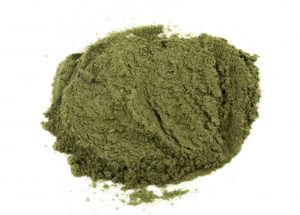
Marjoram leaves
Marjoram is a fragrant herb belonging to the mint family (Lamiaceae), closely related to oregano. It has small, oval-shaped leaves with a delicate, sweet flavor and a slightly citrusy aroma. Marjoram is native to the Mediterranean region and is commonly used in culinary dishes to add depth and aroma.
Lemon grass
Lemongrass, also known as Cymbopogon citratus, is a tropical grass native to Southeast Asia and Africa. It is characterized by its tall, thin stalks and lemony fragrance, which is imparted by its essential oils. Lemongrass is widely used in culinary, medicinal, and cosmetic applications due to its refreshing flavor and various health benefits.
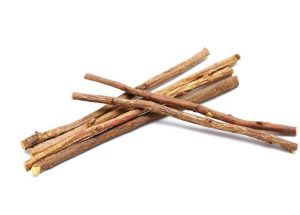
Liquorice
Liquorice, also spelled as licorice, is the root of the Glycyrrhiza glabra plant, native to Europe and Asia. It has been used for centuries in traditional medicine, culinary applications, and confectionery due to its distinctive sweet flavor and various health benefits.
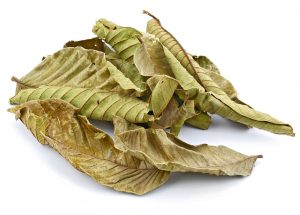
Guava leaves
Guava leaves come from the guava tree, scientifically known as Psidium guajava, native to tropical regions of Central and South America. While guava fruit is well-known for its sweet taste and nutritional benefits, the leaves of the guava tree also possess their own set of health-promoting properties.
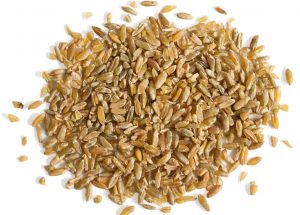
Freekeh
Freekeh is a type of grain made from green durum wheat that has been harvested while still young and green, then roasted and threshed to remove the husks. It is a staple ingredient in Middle Eastern and Mediterranean cuisines, known for its nutty flavor and nutritional benefits.
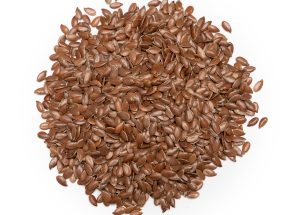
Flax seeds
Flax seeds, also known as linseeds, are tiny, brown or golden-colored seeds derived from the flax plant (Linum usitatissimum). They are rich in nutrients and have been consumed for centuries for their health benefits. Flax seeds are known for their high content of omega-3 fatty acids, lignans, and fiber.
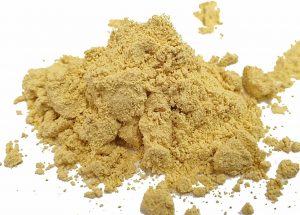
Fenugreek
Fenugreek, scientifically known as Trigonella foenum-graecum, is an herbaceous plant belonging to the Fabaceae family. It has been used for centuries in traditional medicine, culinary applications, and as a spice. Fenugreek seeds, leaves, and sprouts are all used for various purposes due to their distinct flavor and numerous health benefits.
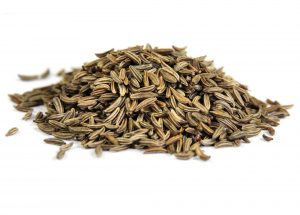
Fennel
Fennel, scientifically known as Foeniculum vulgare, is a flowering plant in the carrot family (Apiaceae). It is native to the Mediterranean region but is now cultivated worldwide for its culinary and medicinal uses. Fennel is prized for its licorice-like flavor and aromatic seeds, bulbs, and fronds, all of which are used in various cuisines.
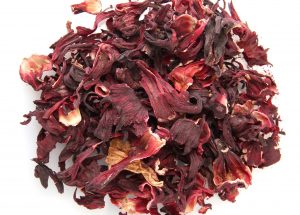
Hibiscus
Hibiscus is a genus of flowering plants in the mallow family (Malvaceae), consisting of hundreds of species native to warm temperate, subtropical, and tropical regions around the world. One of the most commonly cultivated species is Hibiscus sabdariffa, also known as roselle or sorrel. Hibiscus plants are prized for their showy, trumpet-shaped flowers, which come in a variety of colors, including red, pink, yellow, and white.

Dill
Dill, scientifically known as Anethum graveolens, is a delicate annual herb in the celery family (Apiaceae). Native to the Mediterranean region and Western Asia, dill is now cultivated worldwide for its aromatic leaves and seeds, which are used in culinary, medicinal, and cosmetic applications. Dill is prized for its fresh, grassy flavor with hints of anise and lemon.
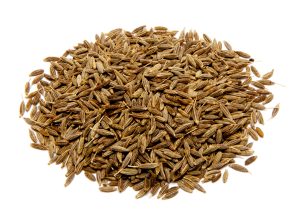
Cumin
Cumin, scientifically known as Cuminum cyminum, is a flowering plant in the family Apiaceae, native to the eastern Mediterranean region and South Asia. Cumin seeds are the dried fruits of the cumin plant and are widely used as a spice in cuisines around the world. Cumin has a warm, earthy flavor with hints of citrus and is a staple ingredient in many savory dishes.
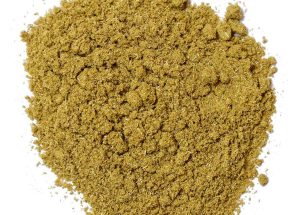
Coriander
Coriander, also known as cilantro or Chinese parsley, is an herb in the Apiaceae family, scientifically known as Coriandrum sativum. Both its leaves (cilantro) and seeds (coriander seeds) are used in various cuisines around the world for their distinct flavor and aroma. Coriander is native to regions of southern Europe, northern Africa, and southwestern Asia.
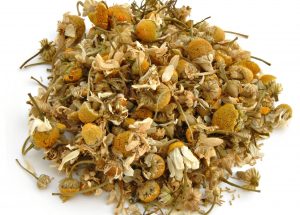
Chamomile
Chamomile is a daisy-like flowering plant in the Asteraceae family, comprising several species, including German chamomile (Matricaria chamomilla) and Roman chamomile (Chamaemelum nobile). Chamomile has been used for centuries in traditional medicine and herbal remedies due to its calming properties and various health benefits.
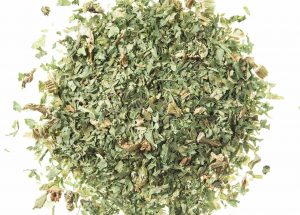
Celery
Celery, scientifically known as Apium graveolens, is a crunchy vegetable belonging to the Apiaceae family. It is widely cultivated for its stalks, leaves, and seeds, all of which are used in culinary and medicinal applications. Celery is native to the Mediterranean region but is now grown and consumed worldwide.
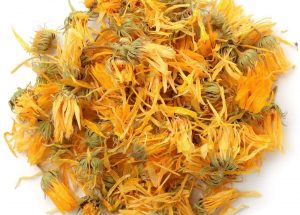
Calendula
Calendula, also known as pot marigold, is a flowering plant in the Asteraceae family. Native to the Mediterranean region, calendula is cultivated worldwide for its bright yellow or orange flowers, which have been used for centuries in traditional medicine, culinary applications, and skincare products.
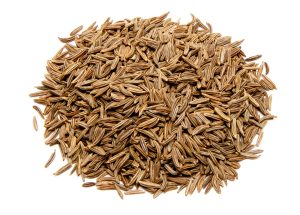
Caraway
Caraway, scientifically known as Carum carvi, is a biennial plant belonging to the Apiaceae family. It is native to Europe, Western Asia, and North Africa and is cultivated for its seeds, which are used as a spice in culinary dishes and for their medicinal properties. Caraway seeds have a distinct warm, slightly sweet flavor with hints of anise and citrus.

Black pepper
Black pepper, scientifically known as Piper nigrum, is a flowering vine in the family Piperaceae, native to South India. It is one of the most commonly used spices worldwide, prized for its pungent flavor and aroma. Black pepper is made by drying the unripe fruit of the pepper plant, which is then ground into a fine powder or used whole in cooking.
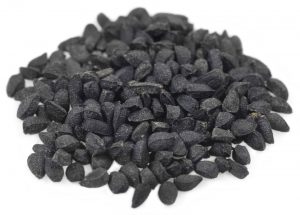
Black Seed
Black seed, also known as Nigella sativa, black cumin, or black caraway, is a flowering plant native to Southwest Asia. Its small black seeds have been used for centuries in traditional medicine and culinary practices. Black seed oil, extracted from the seeds, is known for its potent health benefits and is used both topically and orally.

Bay Laurel
Bay laurel, scientifically known as Laurus nobilis, is an aromatic evergreen tree native to the Mediterranean region. It belongs to the Lauraceae family and is cultivated for its culinary and medicinal uses. The leaves of the bay laurel tree are commonly used as a culinary herb, known as bay leaves, prized for their distinctive flavor and aroma.
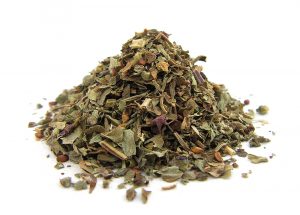
Basil
Basil, scientifically known as Ocimum basilicum, is a fragrant herb belonging to the Lamiaceae family. Native to India and other tropical regions of Asia, basil is widely cultivated for its culinary and medicinal uses. It comes in various cultivars, each with its own unique flavor profile and appearance, including sweet basil, Thai basil, and holy basil.
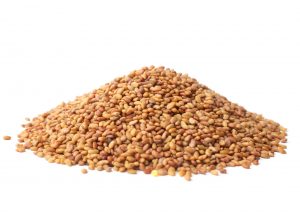
Alfalfa Seeds
Alfalfa, scientifically known as Medicago sativa, is a perennial flowering plant in the Fabaceae family. It is native to Asia and is now cultivated worldwide as a forage crop for livestock and as a nutritious food source for humans. Alfalfa seeds are small and oval-shaped, with a mild, nutty flavor, and are commonly sprouted and added to salads, sandwiches, and other dishes.

Anise
Anise, scientifically known as Pimpinella anisum, is a flowering plant in the Apiaceae family, native to the Eastern Mediterranean region and Southwest Asia. It is cultivated for its seeds, which have a sweet, licorice-like flavor and aroma. Anise seeds are commonly used as a spice in cooking, baking, and beverage flavoring.
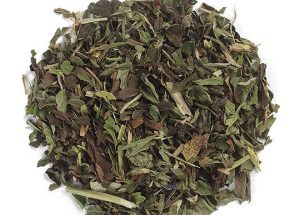
Spearmint
Spearmint, scientifically known as Mentha spicata, is a perennial herb belonging to the Lamiaceae family. Native to Europe and Asia, spearmint is now cultivated worldwide for its aromatic leaves, which are used fresh or dried in culinary, medicinal, and cosmetic applications. Spearmint is prized for its refreshing flavor and aroma, similar to that of peppermint but milder and sweeter.
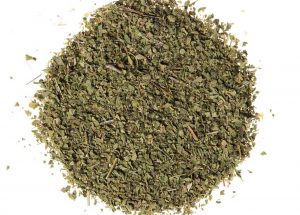
Oregano Leaves
Oregano, scientifically known as Origanum vulgare, is a fragrant herb in the Lamiaceae family. Native to the Mediterranean region, oregano is now cultivated worldwide and is widely used in culinary dishes for its strong, aromatic flavor and medicinal properties. Oregano leaves are typically used fresh or dried and are a popular ingredient in Mediterranean, Italian, and Mexican cuisines.
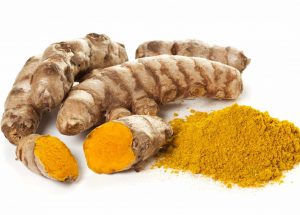
Turmeric
Turmeric, scientifically known as Curcuma longa, is a flowering plant in the ginger family, native to the Indian subcontinent and Southeast Asia. It is cultivated for its rhizomes, which are dried and ground into a bright yellow-orange powder commonly used as a spice and a natural dye. Turmeric has been used for centuries in traditional medicine and culinary practices for its distinctive flavor, vibrant color, and potent health benefits.
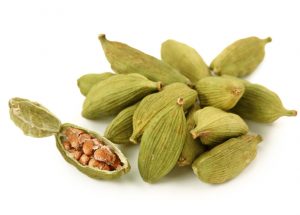
Cardamom
Cardamom, scientifically known as Elettaria cardamomum, is a spice native to the Indian subcontinent and Indonesia. It belongs to the ginger family, Zingiberaceae, and is cultivated for its small, green seed pods, which contain aromatic seeds. Cardamom is prized for its warm, sweet flavor with hints of citrus and mint, making it a popular ingredient in both sweet and savory dishes.

Paprika
Paprika is a spice made from dried and ground peppers, primarily Capsicum annuum varieties such as bell peppers and chili peppers. It is known for its vibrant red color and ranges in flavor from sweet and mild to hot and spicy, depending on the type of pepper used. Paprika is commonly used as a seasoning and garnish in various cuisines worldwide, particularly in Hungarian, Spanish, and Indian dishes.
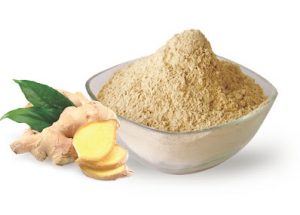
Ginger
Ginger, scientifically known as Zingiber officinale, is a flowering plant native to Southeast Asia. It is prized for its aromatic rhizome, which is commonly used as a spice, flavoring agent, and herbal remedy. Ginger has a spicy, pungent flavor and a warm, peppery aroma, making it a popular ingredient in various culinary dishes and beverages.

Clove
Clove, scientifically known as Syzygium aromaticum, is an aromatic spice derived from the flower buds of the clove tree, native to Indonesia. Cloves are highly valued for their strong, warm, and sweet flavor, as well as their medicinal properties. They are used whole or ground in both culinary and medicinal applications, contributing to the flavor and aroma of many dishes and herbal remedies.
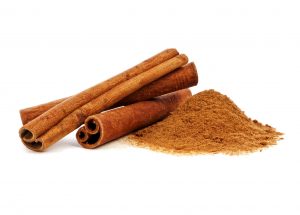
Cinnamon
Cinnamon is a spice obtained from the inner bark of trees belonging to the genus Cinnamomum, primarily Cinnamomum verum (true cinnamon) and Cinnamomum cassia (cassia cinnamon). Native to Sri Lanka and other parts of Asia, cinnamon has been prized for its aromatic flavor and medicinal properties for centuries. It is available in various forms, including sticks (also known as quills) and ground powder, and is used in both sweet and savory dishes worldwide.
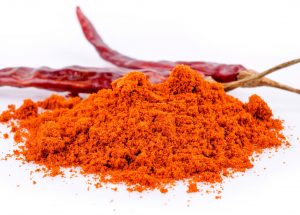
Chili pepper
Chili pepper, also known simply as chili or chile, is the fruit of plants from the genus Capsicum, which are members of the nightshade family, Solanaceae. Chili peppers are native to the Americas and are now cultivated worldwide for their spicy heat and culinary uses. They come in various shapes, sizes, colors, and levels of heat, ranging from mild to extremely hot.
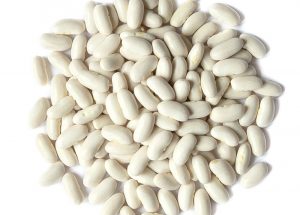
White Beans
White beans, also known as navy beans or haricot beans, are a variety of common beans (Phaseolus vulgaris) that are small, oval-shaped, and have a creamy white color. They are a staple in many cuisines around the world due to their mild flavor, versatility, and nutritional benefits. White beans are commonly used in soups, stews, salads, dips, and side dishes.
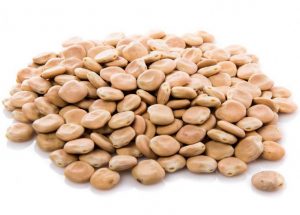
Sweet Lupine
Sweet lupine, scientifically known as Lupinus albus, is a legume native to the Mediterranean region but cultivated in various parts of the world for its seeds, which are used as a food source. It is also known by other names such as white lupine or lupin bean. Sweet lupine seeds have a high protein content and are often used as a meat substitute in vegetarian and vegan diets.
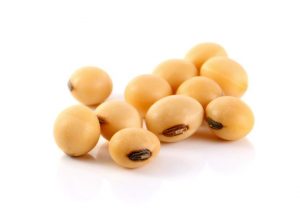
Soya beans
Soybeans, scientifically known as Glycine max, are a species of legume native to East Asia but now cultivated worldwide for their edible beans. Soybeans are a versatile crop used for various purposes, including human consumption, animal feed, and industrial applications. They are highly valued for their high protein content and nutritional profile, making them a staple food in many cuisines, particularly in Asian countries.
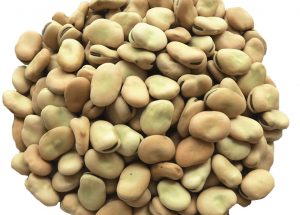
Fava Beans
Fava beans, also known as broad beans, are a species of flowering plant in the pea family, Fabaceae, native to North Africa and Southwest Asia. They have been cultivated for thousands of years and are valued for their large, flat, green pods containing edible seeds. Fava beans have a rich, earthy flavor and a creamy texture when cooked, making them a popular ingredient in various culinary dishes worldwide.
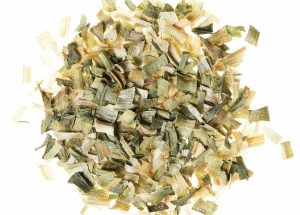
Dried Leeks
Dried leeks are dehydrated slices or flakes of the edible portion of the leek plant (Allium ampeloprasum), a member of the Allium genus that also includes onions and garlic. Leeks have a mild onion-like flavor and are commonly used as a culinary ingredient to add flavor and aroma to dishes. Drying leeks helps preserve them for longer periods and concentrates their flavor, making them convenient for storage and use in various recipes.
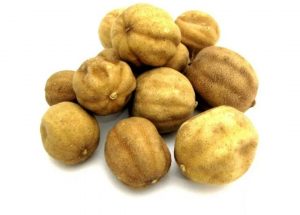
Dried Lemon
Dried lemon is made by dehydrating slices or zest of fresh lemons until they become dry and brittle. This preservation method extends the shelf life of lemons and concentrates their flavor, making them a versatile ingredient in cooking, baking, and beverage preparation. Dried lemon slices or zest can be used whole, ground into powder, or rehydrated to add citrusy brightness to dishes.
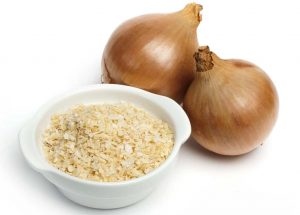
Dried Onion
Dried onion is made by dehydrating fresh onions, either by air drying, sun drying, or using commercial dehydrators, until they become dry and brittle. This preservation method removes the moisture from the onions, extending their shelf life and concentrating their flavor. Dried onion is a versatile pantry staple used in a wide range of culinary applications to add onion flavor and aroma to dishes.

Dried Garlic
Dried garlic is made by dehydrating fresh garlic cloves until they become dry and brittle. This preservation method removes the moisture from the garlic, extending its shelf life and concentrating its flavor. Dried garlic is a versatile pantry staple used in a wide range of culinary applications to add garlic flavor and aroma to dishes.
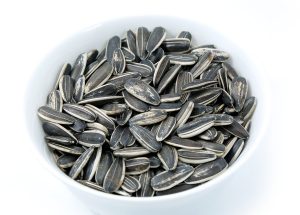
Sun Flower
Sunflower seeds are the edible seeds of the sunflower plant (Helianthus annuus), which is native to North America but cultivated worldwide for its seeds and oil. Sunflower seeds are prized for their crunchy texture, mild flavor, and nutritional value. They are commonly consumed as a snack, added to salads, baked goods, granola, and trail mix, or used to make sunflower seed butter and oil.
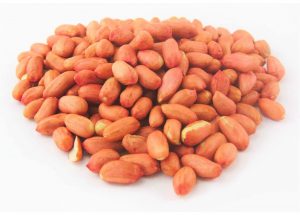
Peanut
Peanuts, scientifically known as Arachis hypogaea, are a legume crop cultivated for its edible seeds, which grow underground. Peanuts are widely consumed worldwide and are a popular snack food due to their crunchy texture and nutty flavor. They are also used in cooking, baking, and the production of peanut butter, oil, and other peanut-based products.
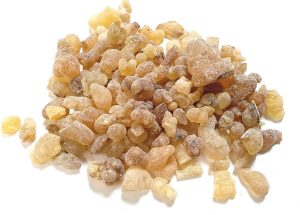
Gum Olibanum
Gum olibanum, also known as frankincense, is a resin obtained from trees of the genus Boswellia, primarily Boswellia sacra. It has been used for centuries for its aromatic fragrance and medicinal properties. Gum olibanum is native to the Arabian Peninsula, Somalia, and parts of Africa, and it is harvested by making incisions in the bark of the trees to allow the resin to ooze out and harden.

The National United Company for Medicinal and Aromatic Herbs is proud to offer a diverse and unique range of natural and organic products. We are committed to providing the highest levels of quality and service to our customers. Explore our collection today and enjoy the benefits of nature with us
Address
448 Qabbani Building, 3rd floor, left side, above Sheikh Al Arab Cafe, Nasr El Din Towers, next to Nasr El Din Mosque, in front of Giza Metro Station, Nasr El Din Station, Haram Street, Giza Governorate
